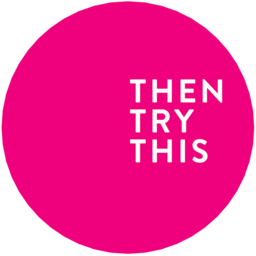Change of location, brain scans, Mineways, OBJs, smiles
We have been notified of a particular place of interest within the data, this being in Luton – it feels good to have a central place of significance to work on now. The area is about 520msq, made up of four voxel ’tiles’, so I spent some time bringing other parts of the project up to date with that. Alas, four delicious cross section scans:

